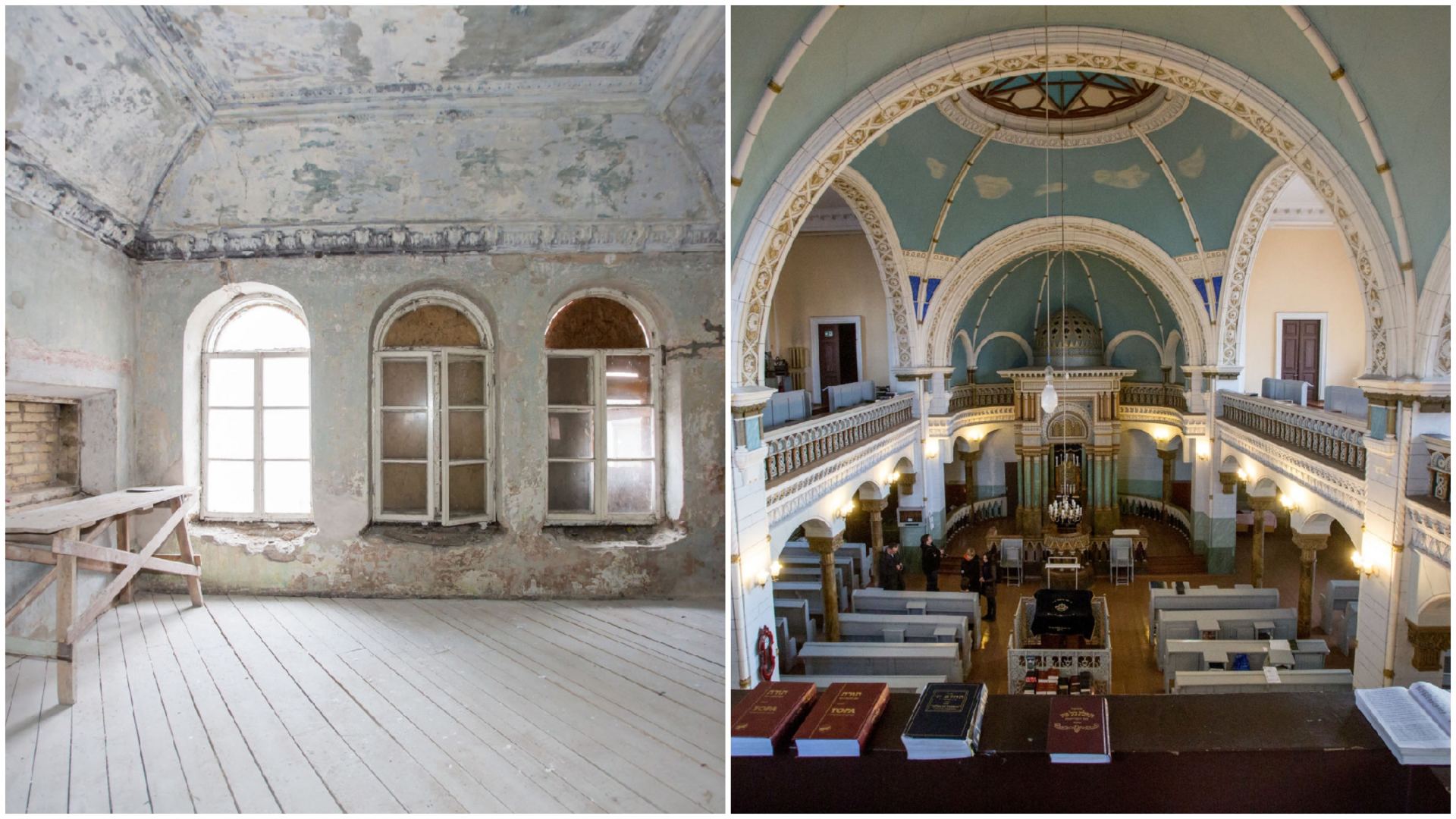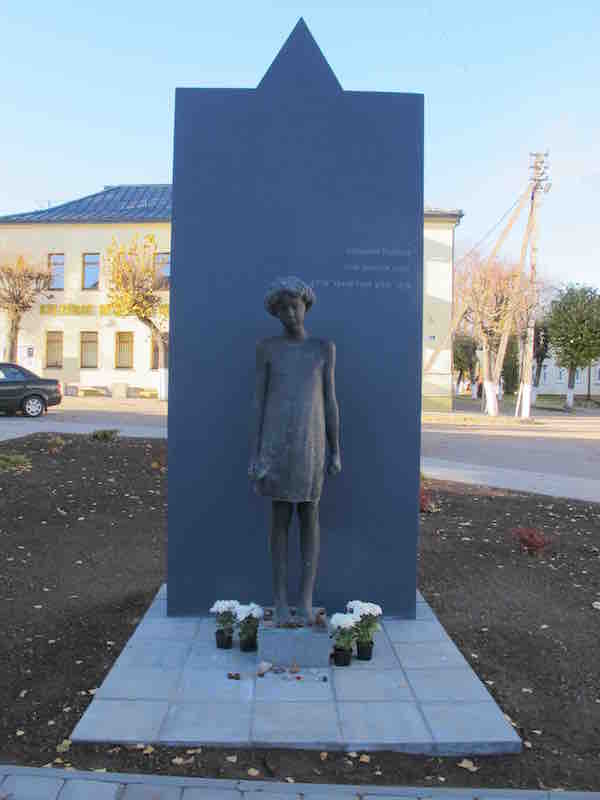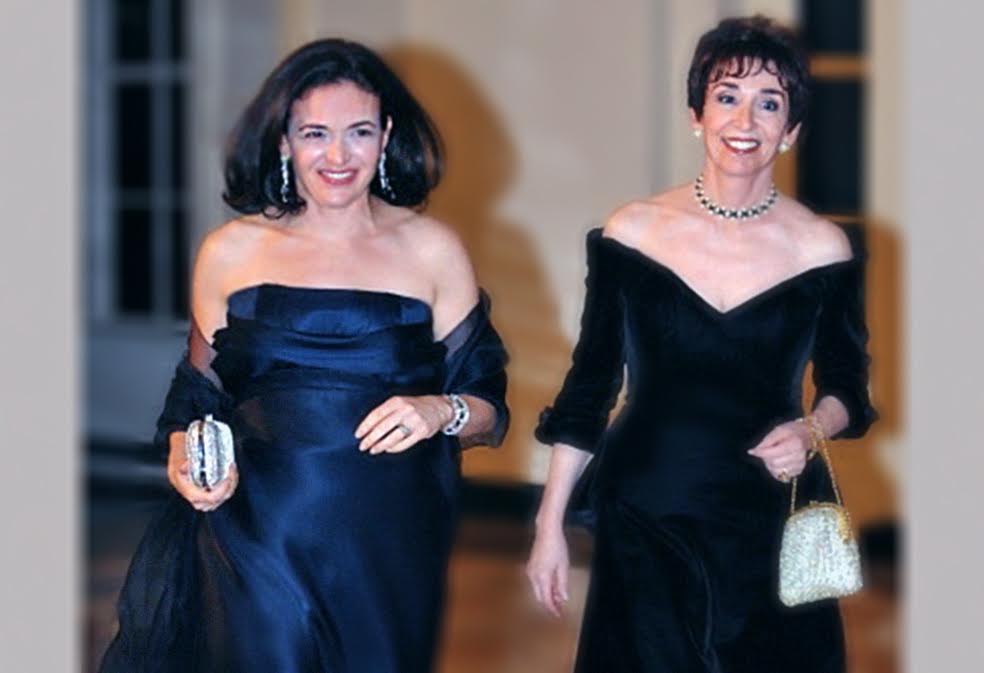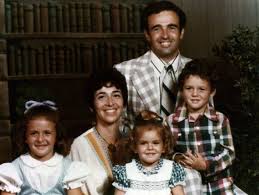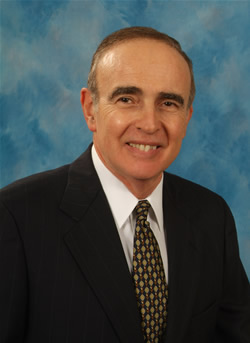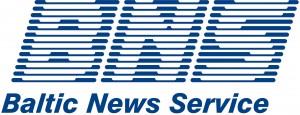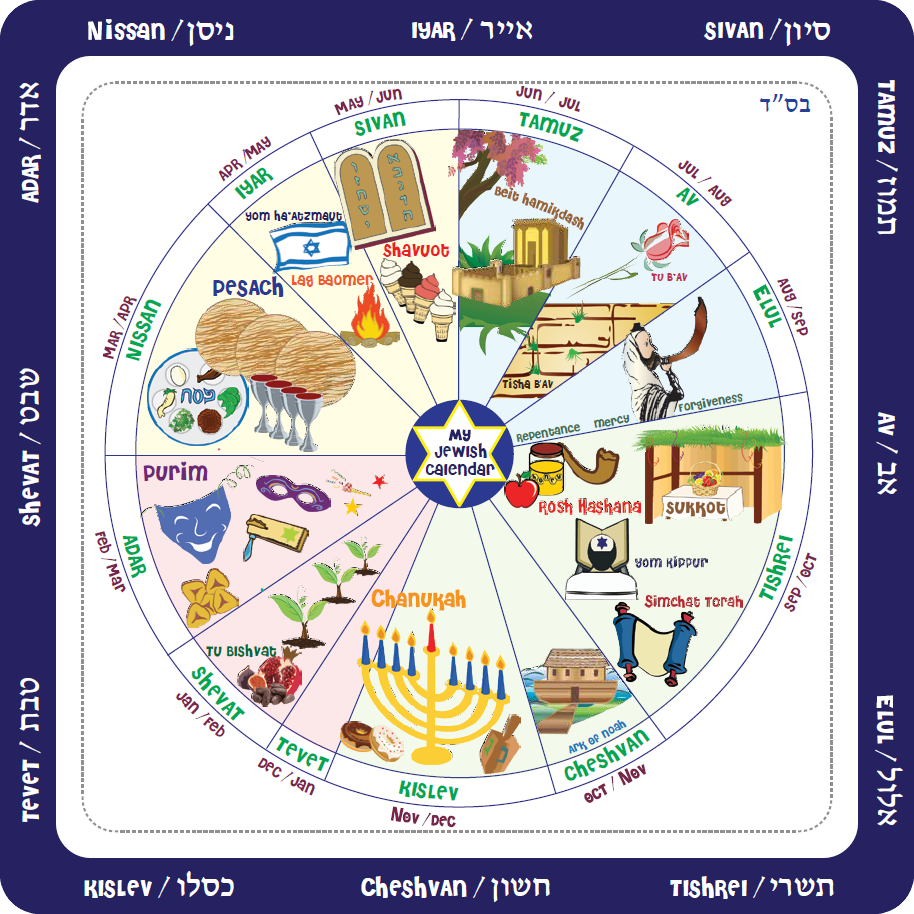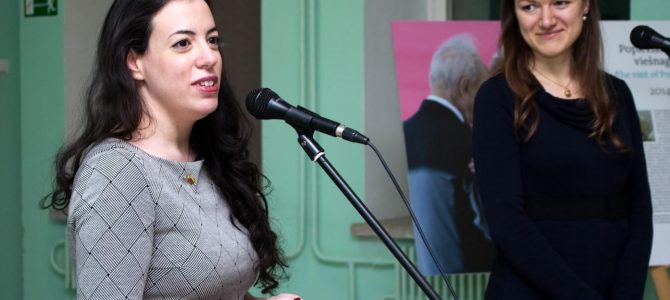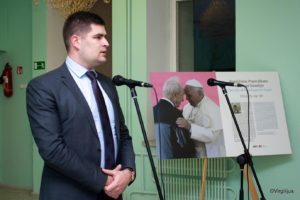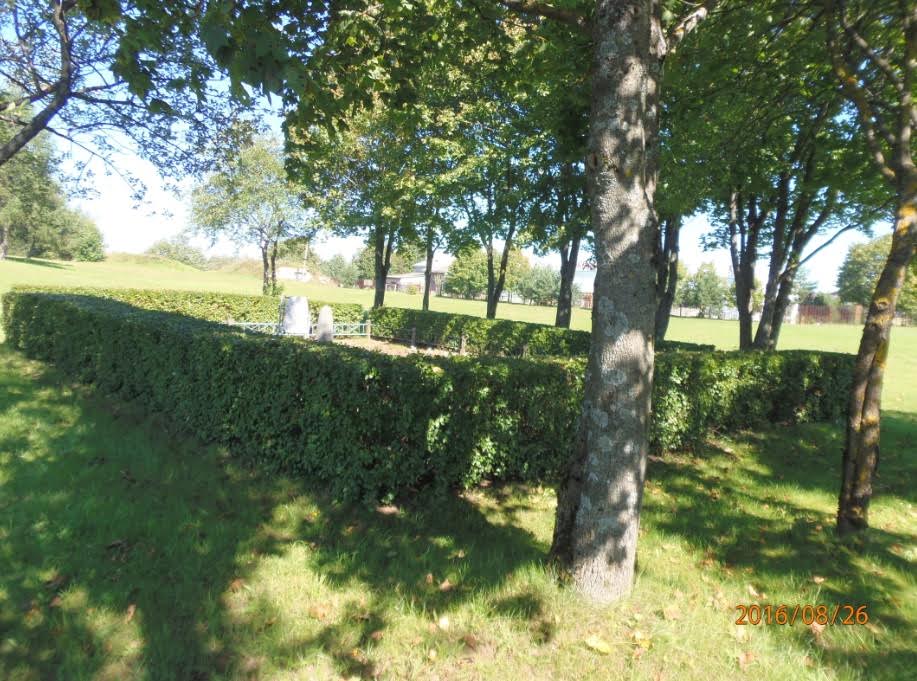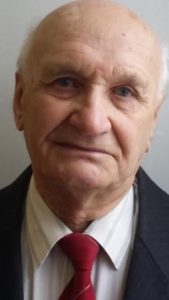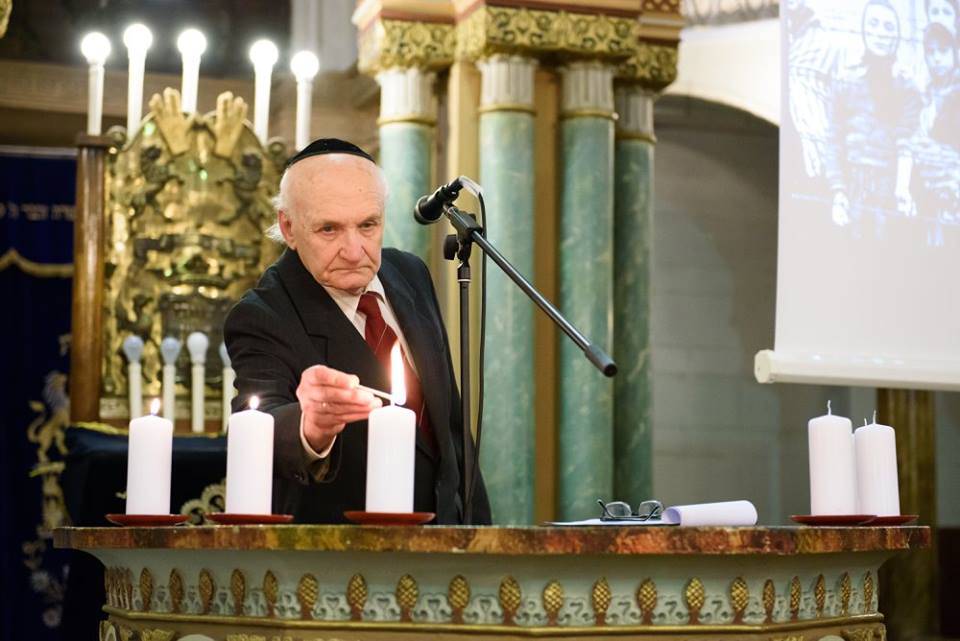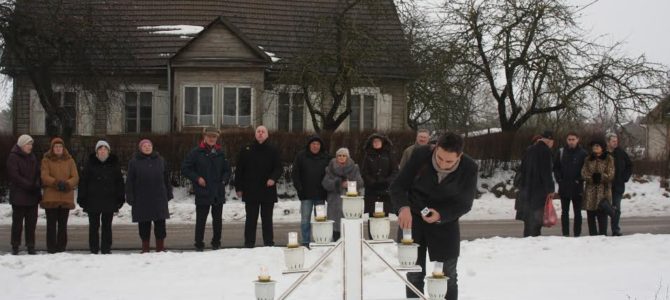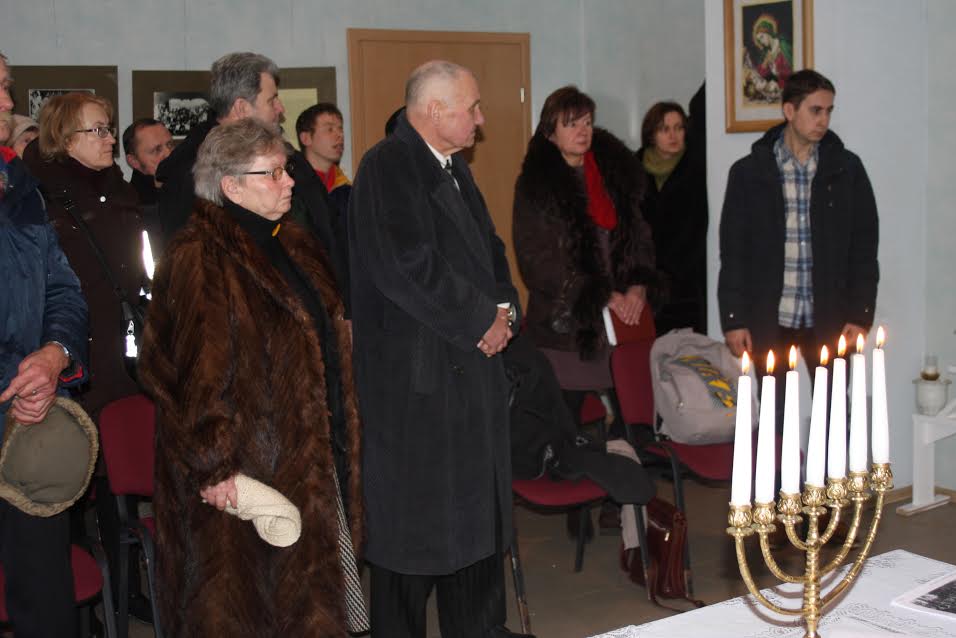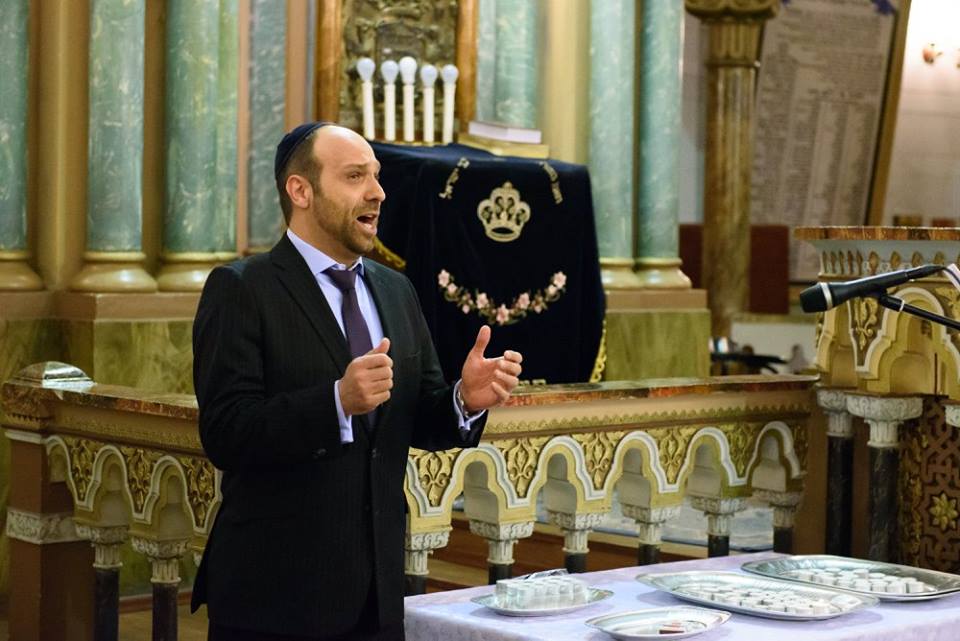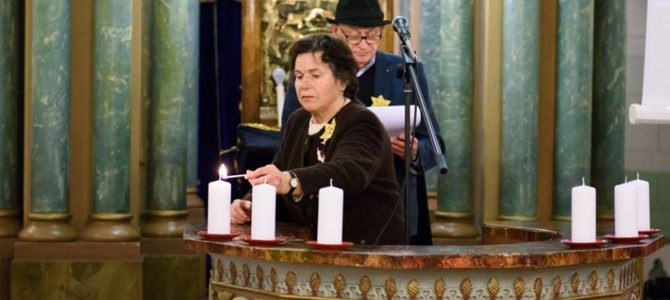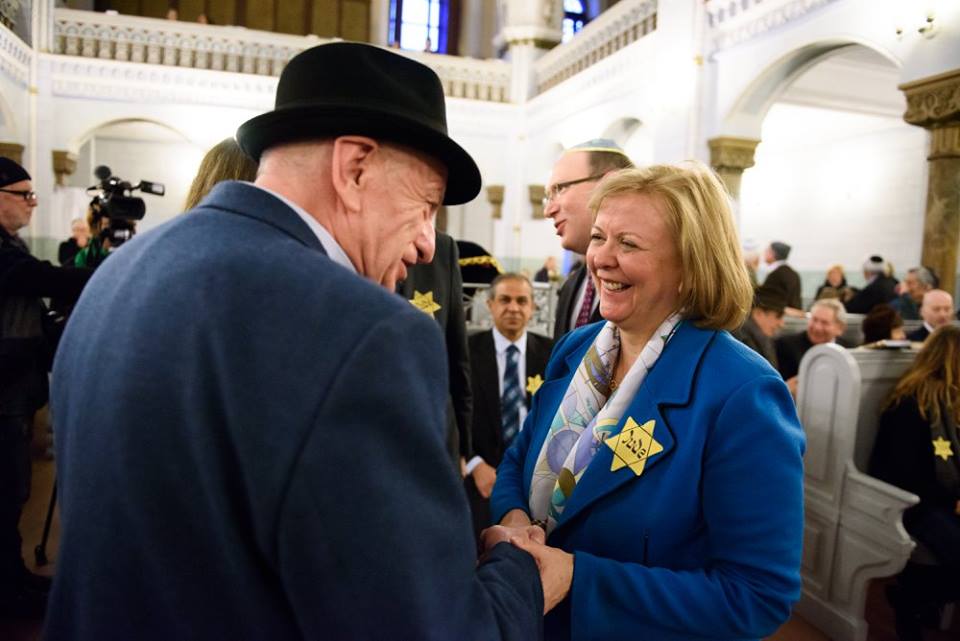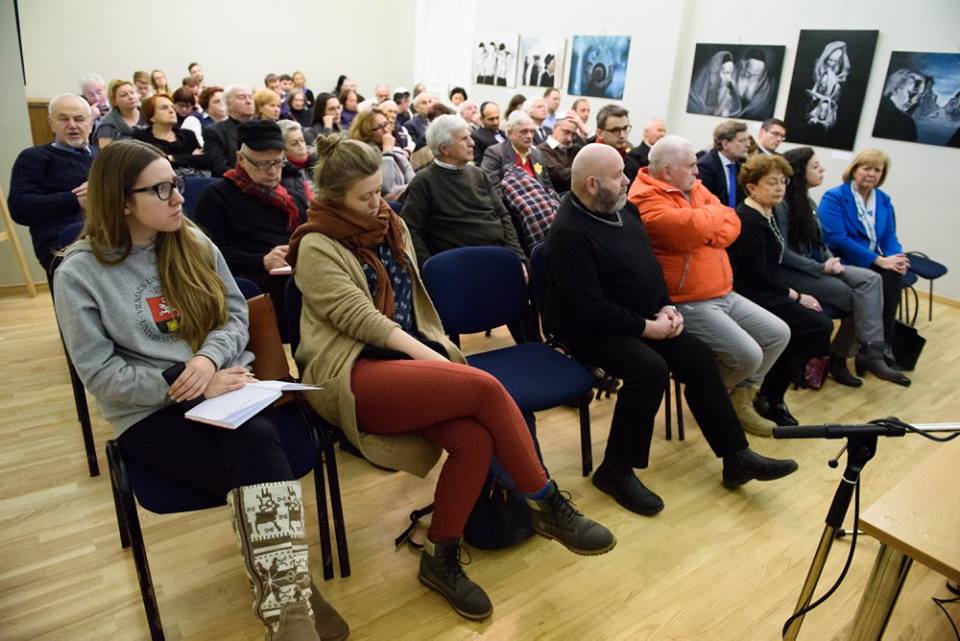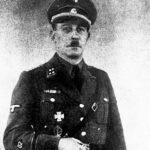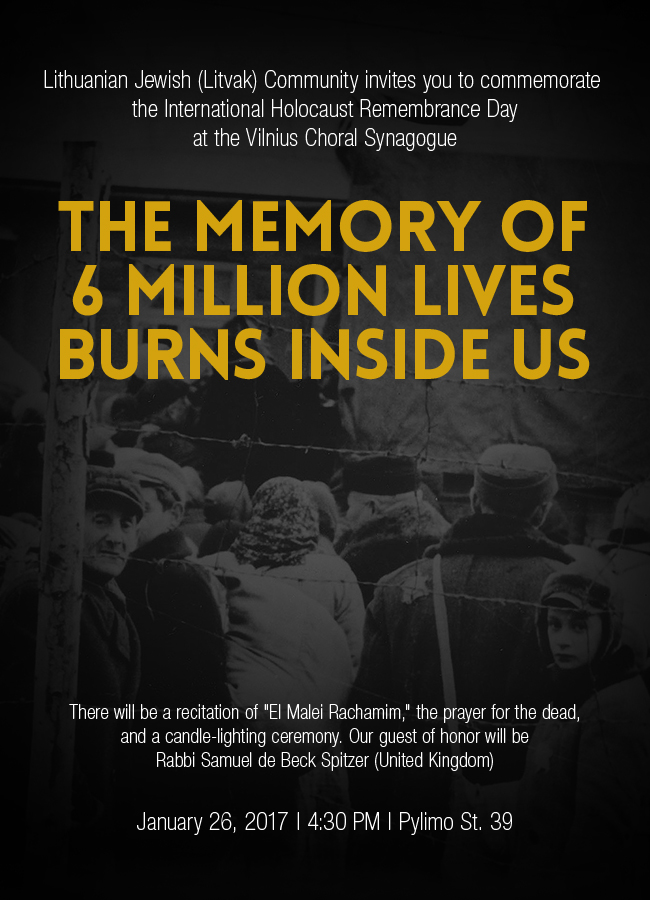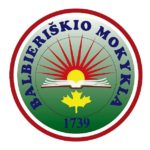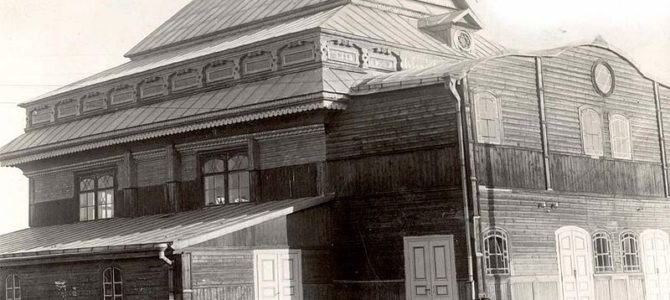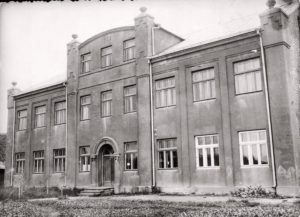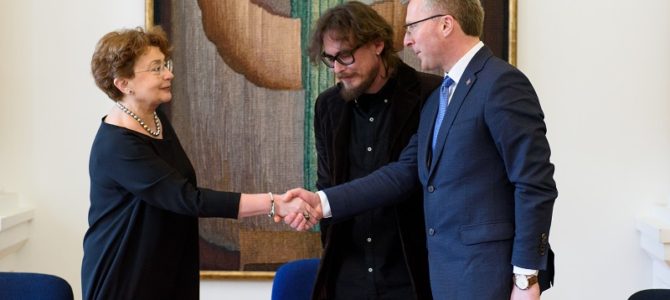
On February 9 the Lithuanian Jewish Community signed an agreement with the Jurbarkas regional administration and the New Artists College CAN of Israel on a projected called “Synagogue Square Memorial.” The memorial is dedicated to remembering the Jews of the shtetl (formerly known as Yurburg or Jurburg in Yiddish and Georgenburg in German) and is to be located on Kauno street in Jurbarkas where one of the most beautiful wooden synagogues in Europe once stood. The memorial is being created by Israeli sculptor David Zundelovich, who comes from Lithuania. It is to portray the waves of the Nemunas River and the wooden synagogue and is to be made of gray and black basalt. It is to include the names of Jews who lived in Jurbarkas and the names of people who rescued them during the Holocaust, with inscriptions in English and Hebrew.
Jurbarkas regional administration head Skirmantas Mockevičius said the group is looking for funding for the memorial. “Jews lived in Jurbarkas for a long time and there is no monument, so sign, even though they were the majority of the community,” Mockevičius told BNS. From three to four thousand Jews called Jurbarkas home before the Holocaust. The head of the regional administration said residents weren’t interested in a graveyard memorial and wanted the memorial to appeal to the people, including the youth. Under the plan the memorial is to be built within 8 months from the signing of the agreement. Mockevičius expected it to be in place in Jurbarkas by the fall.


